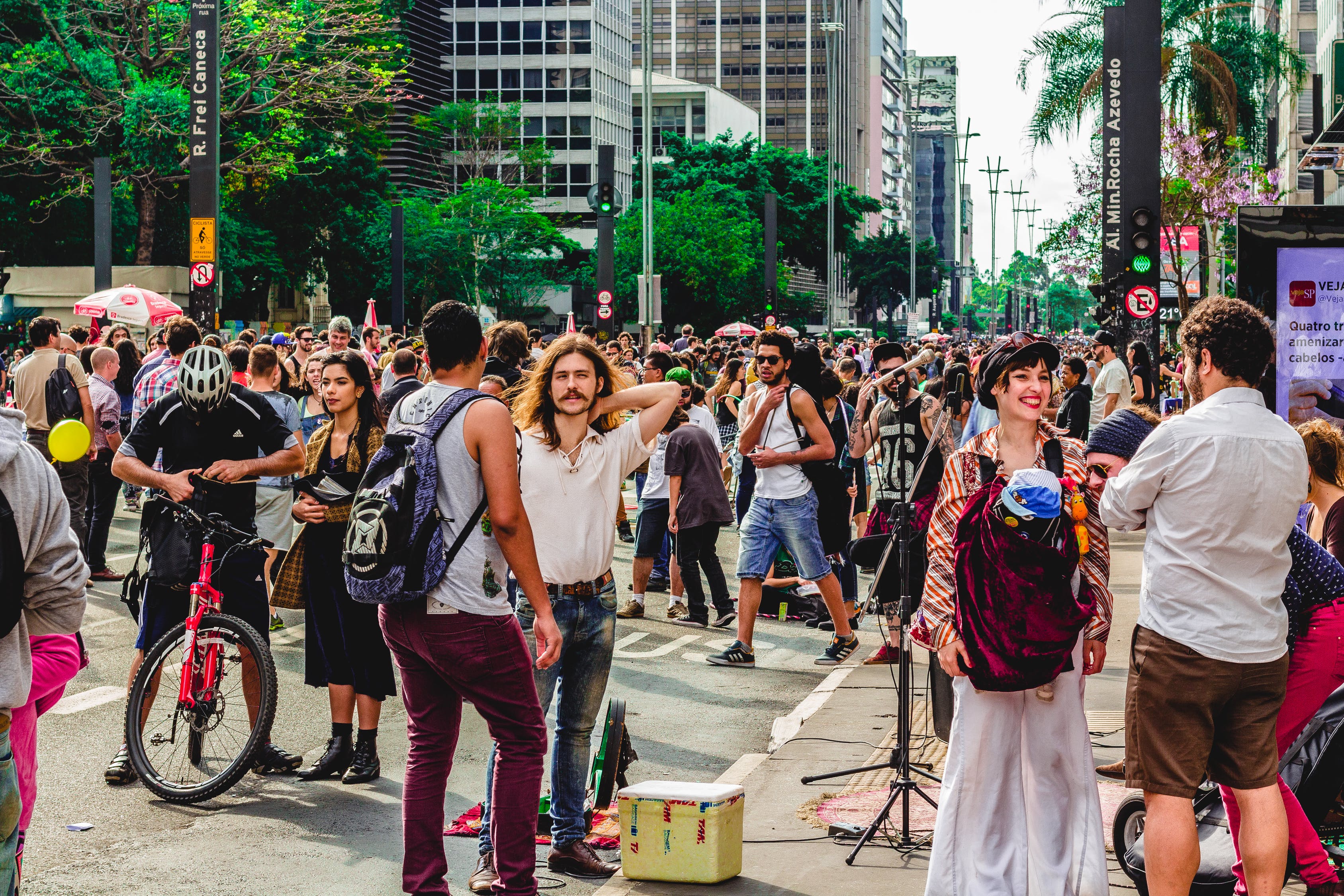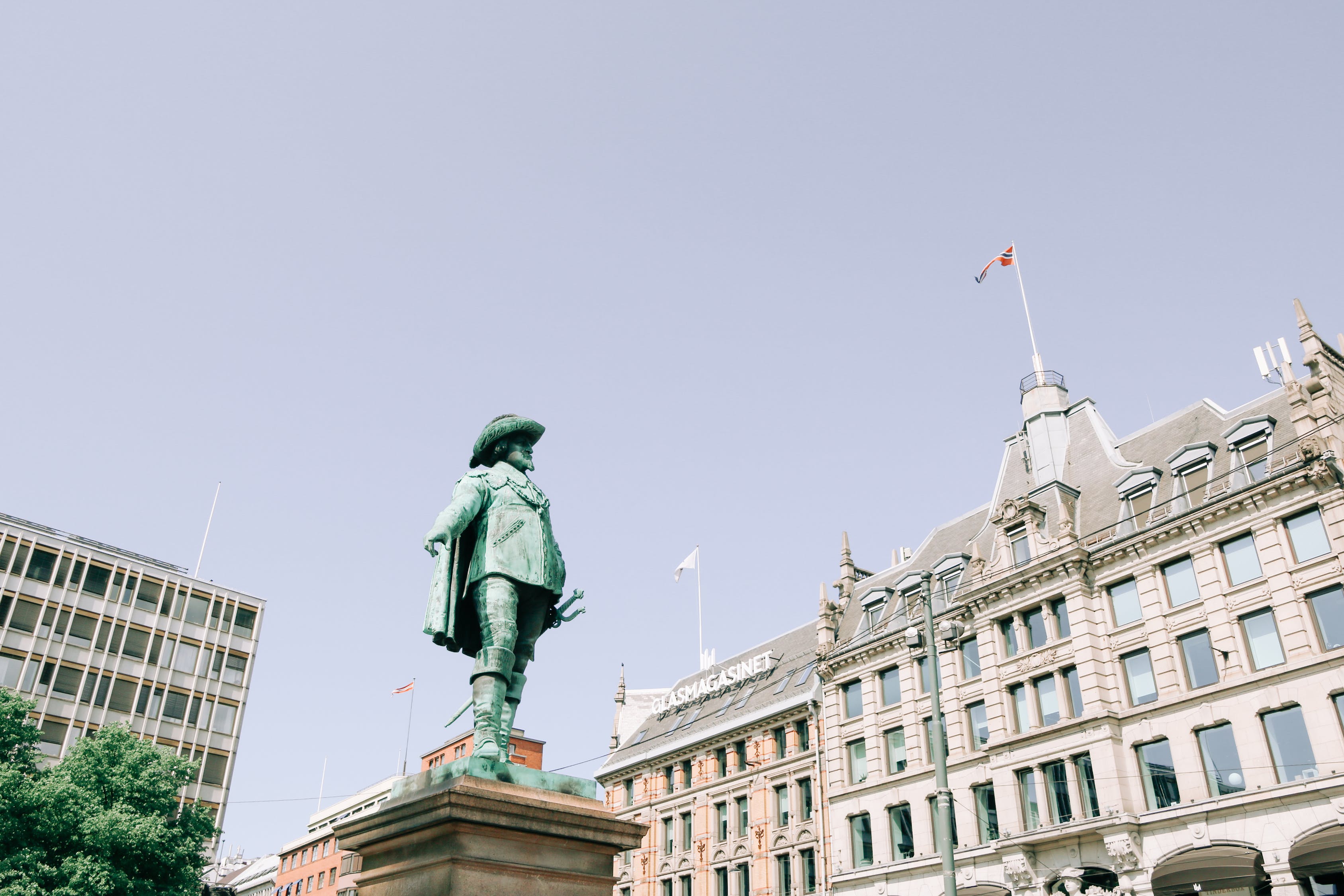Introduction
A democratic state refers to one in which the power is with the people who rule directly or through electing representatives. There are many variants of democracy the main being direct, representative, and parliamentary. Despite these many variants, one of the main characteristics that democracies share is the right for eligible citizens to participate in free and fair elections. As a result, different democracies, such as Brazil and Norway, have a different electoral process that they use in the selection of representatives. The Electoral processes in Brazil and Norway have several similarities and differences that influence their election outcomes.

Brazil
Brazil is a federal representative democratic republic in which multi party politics is practiced. The administration is divided into the federal government, 26 states, including a federal district or capital, and local governments at the grass root (Anglo Info). The President position heads both the state and the government. The federal government has three branches known as the Executive, the Legislature, and the Judiciary. Each branch works independently in a manner aimed to ensure the rule of law is followed (Anglo Info). Members of the Legislature, along with the president, are subject to elections to determine their positions in power.
Elections occur at the state level at a period which citizens elect presidential candidates to serve for a maximum of two four-year terms. The Legislature comprises two houses, each composed of elected officials. There are 513 members of the Chamber of Deputies in one house, who serve four-year terms while the other house if the Federal Senate comprising of 81 members serving an eight-year term for their position (Anglo Info).
The country holds one general election in which the citizens elect leaders at both the federal and state levels. This includes the presidential position, which represents the grievances of the respective houses. Participation in the voting process is an essential responsibility and persons between 18 and 70 years old can be involved, provided they are citizens with proper registration.
The elections of the officials occur through a majority vote system, in which candidates with more than 50 percent tally win the seated contest. Should there be a tie or no absolute majority then a second run-off is conducted between the involved candidates (Utsumi). Members elected through this process include the president, governors, senators, and mayors. The members of parliament and city officials receive their seats through a proportional open system.
The proportional open system has four main steps beginning with voters choosing a lone candidate or the party’s hero as a representative. Once cast, the parties receive the votes, engage in tallying, and then distribute the available positions proportionally according to the overall tally (Utsumi). After the distribution, the parties then divided the positions among the candidates who received the majority vote.
Norway
Norway made its transition from an absolute monarchy to a parliamentary representative democratic constitutional monarchy (Norwegian American). Now recognized as a democratic state, the Prime Minister exercises Executive power through the cabinet known as the King’s Council (Norwegian American). The government and the Storting, better known as parliament, have Legislative power and are elected into their position through a multi-party election exercise. The King’s Council of State, despite the ceremonial position of the monarch, still has select Executive power that they use on the King’s behalf. Other than being a ceremonial figure, the King is also the Supreme Commander of the Norwegian Armed Forces and the protector of the Norwegian Church (Norwegian American).
The Norwegian elections occur every four years at the national and municipal level. However, they occur in a two-year apart period and never simultaneously. The National elections allow citizens to elect their parliamentary representatives into the unicameral parliament. The Storting has 169 representatives referred to as Stortingrepresentanter, and the basis of the proportionate allocation of the 19 counties is the geographical size and population of each (Norwegian American). In addition to 169 seats available for contesting, the election authorities reserve 19 of the seats to aid the balance of discrepancies after counting and receiving at least 4 percent of the popular vote (Norwegian American).
Each party develops its voting list, which is used on the ballot by the electorate who vote not based on personal preference through party loyalty. On Election Day, voters use the list to select at least to cast their votes by selecting the list from the party to choose at least three candidates are selected. This process is direct and does not go through intermediate processes such as the Electoral College in North America (Bjorgo). Once the votes are tallied, the parties work collectively to form a unitary government to work together should a single party fail to win the majority of 85 seats. It is illegal for the candidates to use the radio, television, and newspapers for campaign purposes.

Comparison
Both electoral systems share the same principles of direct elections and proportional representation in a multi-party system of governance. In Brazil, the president, governors, senators, and mayors are elected by direct votes and the municipal workers through proportional distribution. Similarly, Norway carries out direct Executive and Legislative elections and proportional for the municipal governments. Moreover, the officials have relatively the same term in office. In each country, elected officials serve four-year terms before the next elections. Both countries allow the only registered citizens to participate in the voting process
Contrast
Despite their similarities, there is also a difference in two electoral processes. In Brazil, the head of state is the president, and he/she is elected whereas in Norway, the Prime Minister is elected as the head of state with Executive power and the monarch is the Commander in Chief. Moreover, Brazil allows citizens up to the age of 16 years old to participate in voting, unlike Norway which only allows only individuals over the age of 18 years to participate. Election time is filled with numerous campaigns in all media in Brazil to help rally the citizens to vote for their favorite part. In Norway, campaigns in electronic and print media are against the law.
Conclusion
The information presented shows that the Norwegian and Brazilian electoral processes have many similarities. However, they also have a few differences that explain the differences in political processes. The important thing to note is that both systems respect democracy and consider the needs of the voters. Therefore, the Brazilian and Norwegian electoral systems have more similarities than differences.
Works Cited
Anglo Info. “Voting in National Elections in Brazil.” 2017. Accessed 10 Mar. 2017.
Bjorgo, Kjersti. “The main features of the Norwegian Electoral System.” Norwegian Government. 07 Aug. 2014. 10 Mar. 2017.
Norwegian American. “How Norwegians do it: National elections in Norway.” The Norwegian American, 4 Nov. 2016. 10 Mar. 2017. Utsumi Igor. “Elections in Brazil.” The Brazil Business. 21 May 2014. 10 Mar. 2017.






